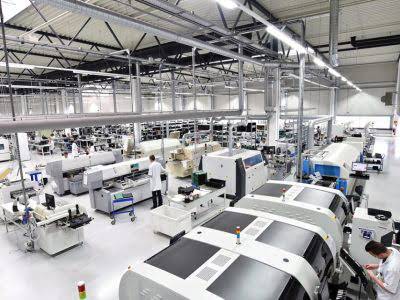Prime Costs vs Conversion Costs: What’s the Difference?

Although 25 percent of the units are unfinished, in “equivalent unit talk” you can treat them as 150,000 completed units. Add them to the really completed units to get 750,000 units, which represents the number retained earnings of equivalent whole units you have produced. It’s a lot easier to talk about a whole unit than some whole units and some partially completed units. Advanced managerial accounting courses usually demonstrate the mechanics of handling the cost of spoilage within a process cost system.

Prime Costs vs. Conversion Costs: An Overview
Efficient management of overhead costs is essential to maintain a competitive edge. To calculate cost per equivalent unit by taking the total costs (both beginning work in process and costs added this period) and divide by the total equivalent units. In the case of high conversion costs, there is always room for improvement. If you do not like what you see when you assess conversion costs conversion costs, then you will want to see what steps you can take to reduce those costs.
Step Four: Allocating the Costs to the Units Transferred Out and Partially Completed in the Shaping Department
- It is rudimentary to gauge the value of closing inventory since it is a line item reported on both the income statement and the company’s balance sheet.
- We will calculate a cost per equivalent unit for each cost element (direct materials and conversion costs (or direct labor and overhead).
- Conversion cost per unit is the average cost of converting one unit of product from raw materials to finished goods.
- Assume that ending work in process is 25 percent complete for all components of production (material, labor, and overhead).
- Thus it would be appropriate for process costing to reflect 100% of direct material cost being incurred at the beginning of the process.
From the definition, the conversion cost is a term used to refer to the costs incurred by a company while converting raw materials into furnished products that are up for sale in the market. Conversion costs include labour, raw material, machinery, etc, and other manufacturing overheads in the product’s manufacturing. In short, it is the cost of a product incurred by a company while manufacturing it. The same process is then completed for the total conversion costs. The total of the cost per unit for material (\(\$1.17\)) and for conversion costs (\(\$2.80\)) is the total cost of each unit transferred to the finishing department (\(\$3.97\)).
How to Improve the Conversion Process and Reduce the Conversion Cost?

It includes direct labor (workers’ pay) and manufacturing overhead (other production expenses). Therefore, once https://www.bookstime.com/articles/cost-control the batch of sticks gets to the second process—the packaging department—it already has costs attached to it. In other words, the packaging department receives both the drumsticks and their related costs from the shaping department. For the basic size 5A stick, the packaging department adds material at the beginning of the process.
- Remember, the key lies not only in calculating these costs but also in interpreting their implications for strategic management.
- The inventory valuation is the cost of the goods that are not sold and remain in the ending inventory, and it is reported as a current asset in the balance sheet.
- Some methods reallocate your budget, while other methods increase the total number of conversions or reduce total costs.
- Direct material is added in stages, such as the beginning, middle, or end of the process, while conversion costs are expensed evenly over the process.
- While not tied to individual production units, these costs are essential for keeping the production line running smoothly.

Effective cost management and improving efficiencies are integral components of healthy business operations. Understanding conversion costs can help you identify inefficiencies or opportunities for optimization within your production process. Regularly monitoring these costs and comparing them with your industry benchmarks will provide valuable insights into possible areas of improvement or potential cost-saving measures. By analyzing the conversion cost ratio and its components, businesses can gain valuable insights into their cost structure, identify cost-saving opportunities, and optimize their manufacturing processes. Analyzing conversion cost variance involves investigating the reasons behind the variance and identifying the specific cost components that contributed to it.

Why Is Calculating CPC Key for Your Business?
In summary, calculating conversion cost involves considering direct labor, direct material, and manufacturing overhead. By managing these components effectively, businesses can enhance their competitiveness and financial performance. However this unit probably may already have most if not all of its direct materials, i.e. ~100% complete with respect to direct materials. 100% of the wood that needs to be painted, 100% of the clay that needs to be baked, or 100% of the metal that needs to be polished is already on the assembly line. It might be 50% complete with respect to the conversion process that transforms those raw materials into finished products. But it is not 50% complete with respect to the direct materials themselves.


